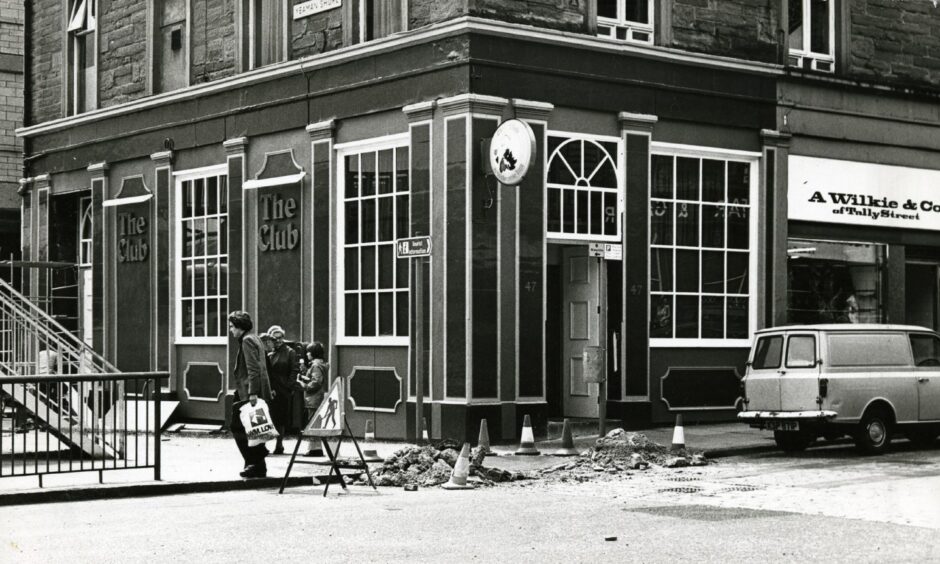
In late 1853 a business announcement appeared in the Dundee, Perth and Cupar Advertiser that was placed by William Simpson.
It read: “William Simpson, Spirit-Dealer, has Removed from the Murraygate to that Commodious Shop, No 47, foot of Union Street.
“Wines, Spirits, Porter and Ales, for family use, of the finest quality.”
The dram shop evolved into the pub that still welcomes customers today.
Once known as the Great Western Bar, it has been familiar to more recent generations of Dundonians as the Club Bar.
In the late 19th Century, Dundee was estimated to have more pubs per head of population than anywhere else in Scotland, as well as several breweries.
The Great Western Bar was opened by proprietor James Burden in 1875.
It was conveniently located.
Visitors arriving by boat could quench a thirst and the pub was close to Dundee West Railway Station, which was built to serve the new Dundee to Perth line in 1847.
Things got better.
The Tay Bridge Railway Station was built in 1878 and the Great Western Bar was also nearby and provided a welcome sight for travellers.
But tragedy struck in July 1884.
Mr Burden was walking on the Caledonian Railway line on his way to Monifieth Station when he was “overtaken by a fast express from Dundee to Aberdeen”.
He was instantaneously killed.
It was a cruel twist of fate.
The Great Western Bar stayed in the Burden family’s hands for several decades.
In Dundee Pubs, author Brian King charted the history of the Club Bar during his tour of 50 of the city’s most interesting, oldest and famous watering holes.
He highlighted the pub’s most notorious regular.
Providing another dark moment in the establishment’s history.
Were Club Bar patrons drinking with Jack the Ripper?
In 1889, a respectable-looking couple called William and Ellen Bury arrived at Dundee docks from London’s East End and took up lodgings at 43 Union Street.
They stayed at this address for just over a week and went into the pub almost every day.
Neighbours saw the couple rarely but reported they were often drunk.
Brian said: “The man always ordered beer for himself and often for his wife – though she occasionally took a port wine.
“They never appeared to mix with other customers.
“The man told the bar manager that they had come from London for the sake of the woman’s health and implied that they both had a private income.
“In fact, they had little or nothing.
“It seems likely that the killer’s true identity will never be known but few visitors to the Club Bar today will be aware that they are drinking in what might possibly, for the briefest of periods, have been Jack the Ripper’s local.”
Brian King
“Barely two weeks after her arrival in Dundee, Ellen Bury was dead, murdered at the couple’s new lodgings in Princes Street.”
Around 7am on February 10 1889, Bury walked into Bell Street police station and announced: “I’m Jack the Ripper and I want to give myself up.”
He told unconvinced officers: “If you go to my house in Princes Street, you’ll find the body of a woman packed in a box and cut up.”
A candlelight search revealed the truth of his statements.
Chalk graffiti on the back door of the flat stated: “Jack Ripper is at the back of this door” and on the stairwell: “Jack Ripper is in this seller” (sic).
Bury was no ordinary killer.
He was able to murder his wife then sleep in the same room as her mutilated corpse for five consecutive nights.
Bury was found guilty of the crime and condemned to death, later becoming the last man to be hanged in Dundee.
His hangman, James Berry, always believed he had ended the life of the man responsible for slaying 11 women in London’s Whitechapel district in 1888.
Some 5,000 people waited outside his place of execution for the hoisting of a black flag to announce his death.
Brian said: “After Bury left Whitechapel there were no further murders there.
“It seems likely that the killer’s true identity will never be known but few visitors to the Club Bar today will be aware that they are drinking in what might possibly, for the briefest of periods, have been Jack the Ripper’s local.”
Pub had to compete with Dundee’s ‘street of streets’
Life was rough and tough in Dundee at the time.
Drunkenness among jute mill workers and factory workers had become problematic with no fewer than 453 houses licensed for the sale of alcohol.
One early commentator spoke of “wretched men and women” and “very young children in dirt and rags” who streamed in and out of public houses at all hours.
This backdrop of concerns over binge drinking and women adopting masculine drinking patterns continued into the beginning of the 1900s.
The Register of Inebriates was introduced for repeat offenders – those who had been apprehended for drunkenness more than three times over a 12-month period.
The list prevented anyone who was unfortunate enough to find their name on it from buying alcohol at any licensed premises for the next three years.
The legacy of the Black List lives on through Michael Marra.
The much-missed Dundee singer-songwriter immortalised the people who were named and shamed in the early 1900s with his song Muggy Shaw.
Competition was fierce during the early 20th Century.
There were 22 pubs in the old Overgate, which was more than in any other street.
Licensing hours were 10.30am-2pm and 5pm-9.30pm during the week and Saturday from 11am to 12.30pm and 3pm-9.30pm with blanket closure on Sunday.
It was the era of smoke-filled pubs with decades of beer stains on the tables.
Charles Findlay and his two sisters took over in 1933 and by the time they retired from the trade after 18 years, in 1951, the name of the pub had changed to the Club Bar.
As the city was redeveloped in the 1960s, 1970s and 1980s, many of the older pubs were lost, sometimes in the name of progress, at the hands of the wrecking ball.
The Club Bar stood the test of time.
It hasn’t always been easy, though.
The pub’s peaks and troughs over the coming years would coincide with the peaks and troughs of the city itself.
It is still there, though, while things have changed around it, including the demolition of Dundee West Station in 1966 and the pedestrianisation of Union Street in 2020.
The industry has always adapted to changing trends and the needs of its customers.
The Club Bar proved that point when it won the Community Pub of the Year award in 2006, beating off competition from 430 bars across Scotland.
It was a huge accolade for a city centre pub that has the soul of a local.
It has become something of a Dundee institution – even getting a name-check for serving up mulled wine in 2014 in Martel Maxwell’s Evening Telegraph column.
“Many of you got in touch to tell me where you can get a glass of mulled wine after I said Dundee bars were lacking in festive drinks,” said the telly favourite.
“It seems the Club Bar on Union Street is the place to go.
“It’s a pub I associate with my granddad, who used to meet pals there on Sundays.
“I popped in once to see him and mulled wine certainly wasn’t on the cards.”
Changed days.
The Club Bar of today might not appear as ‘commodious’ as the advert for the empty premises made it sound way back in 1853.
It’s a tight and compact pub with a unique atmosphere that retains the same mix of regulars and travellers as it did back in the 19th Century.
Now, as then, its friendly staff and its clientele (excepting the odd Jack the Ripper suspect) remain its strongest asset.
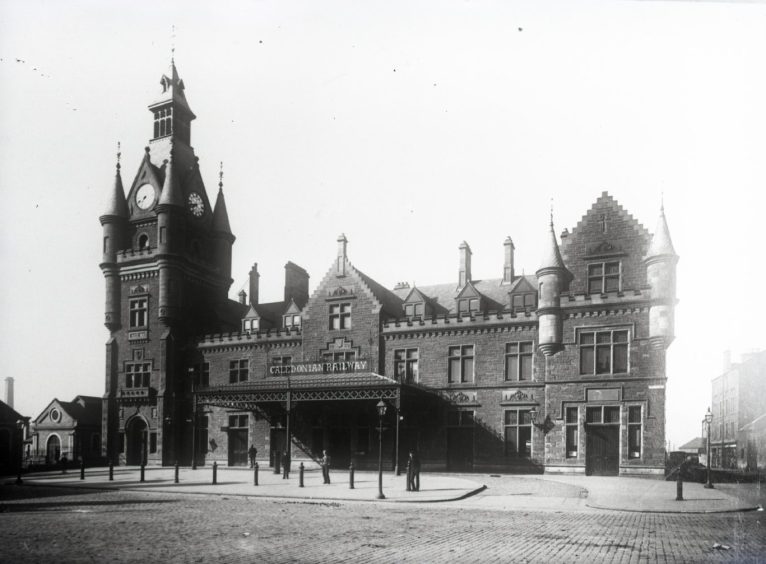
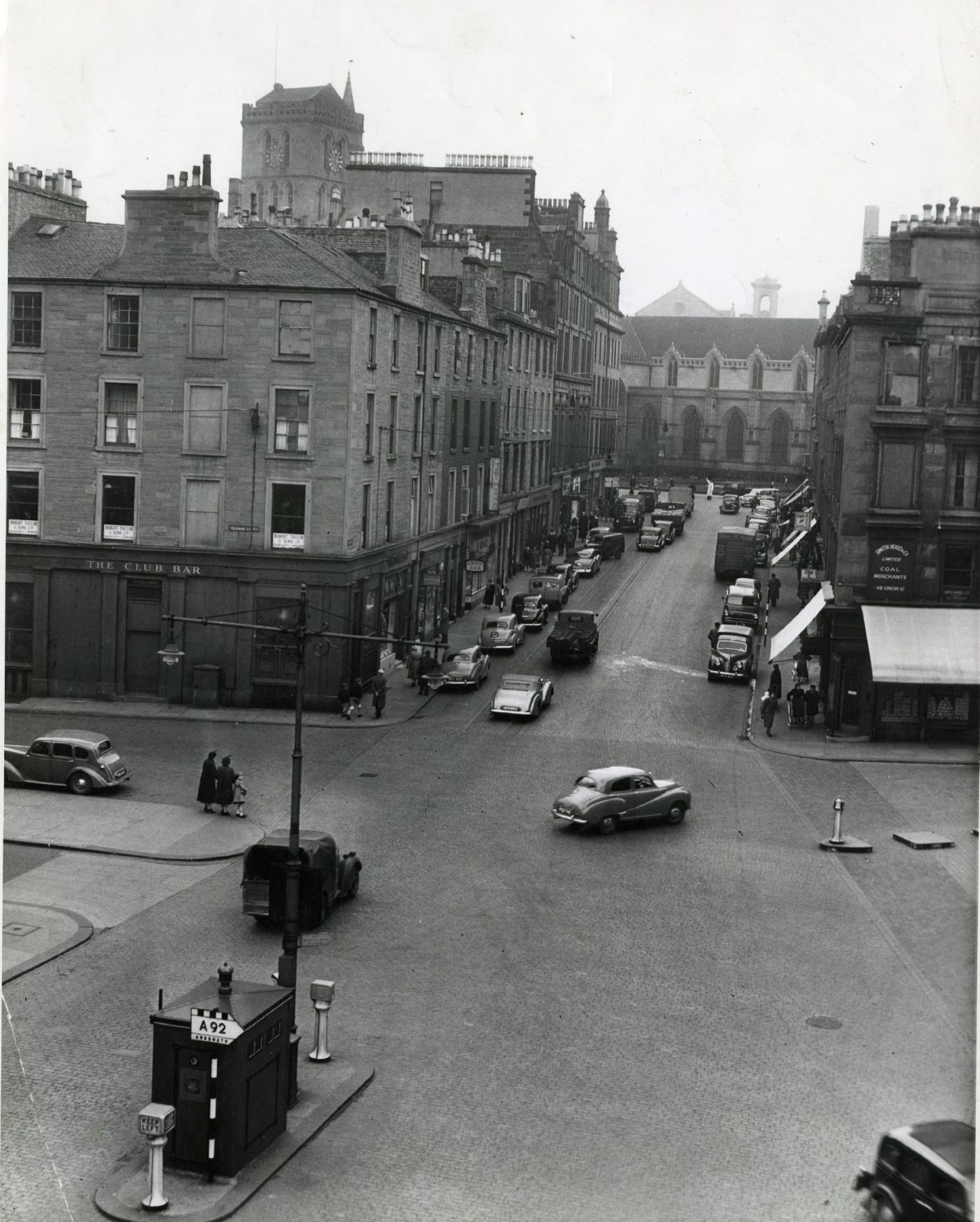
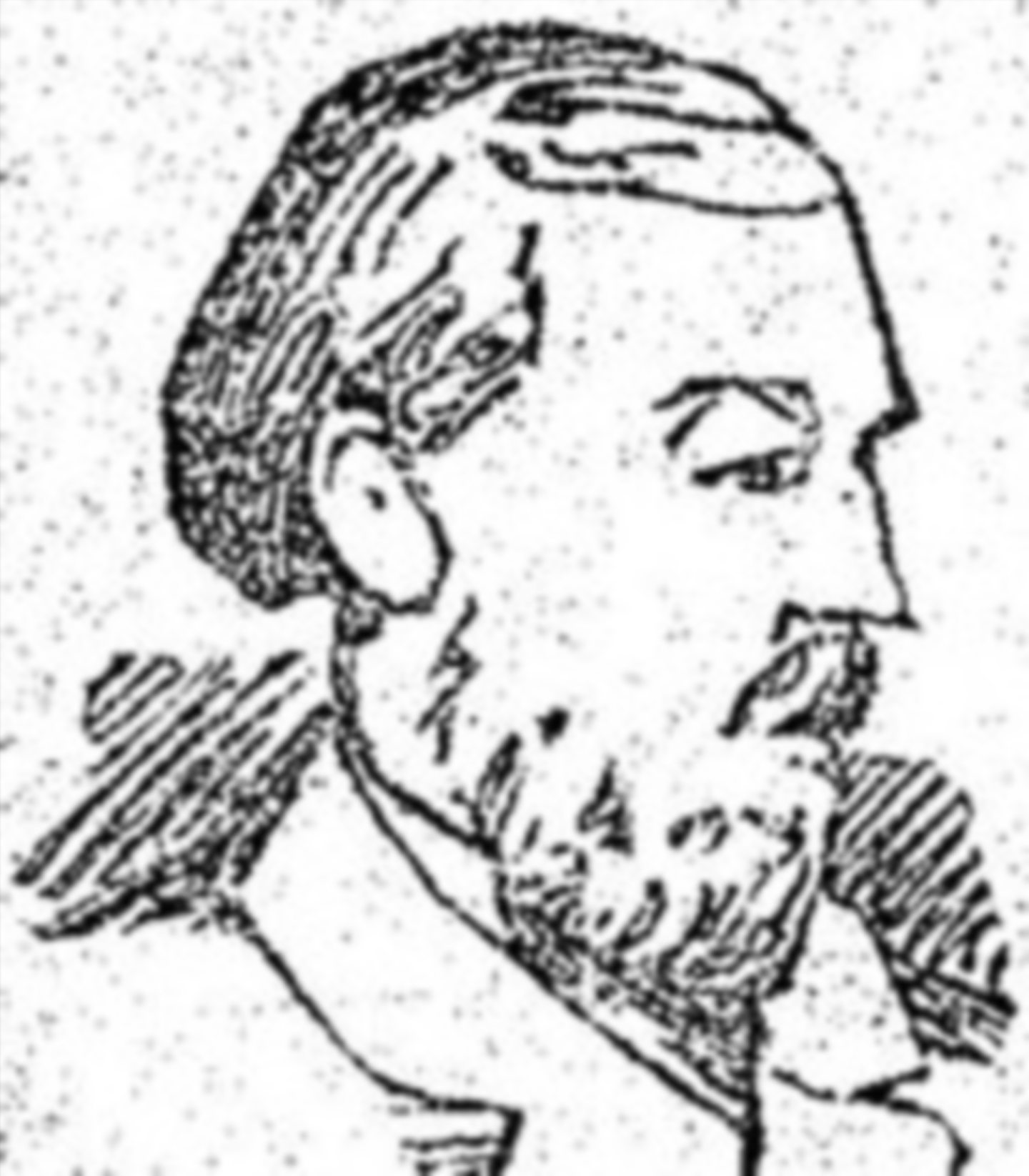
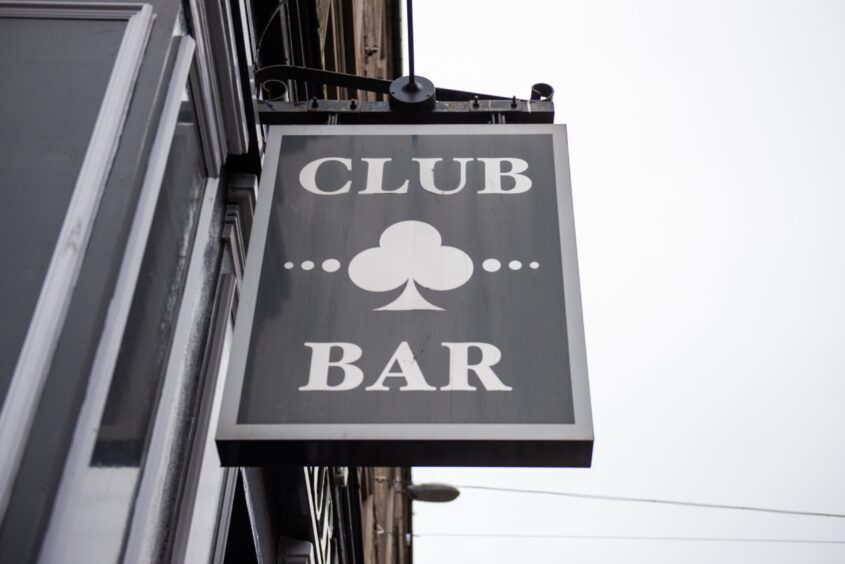
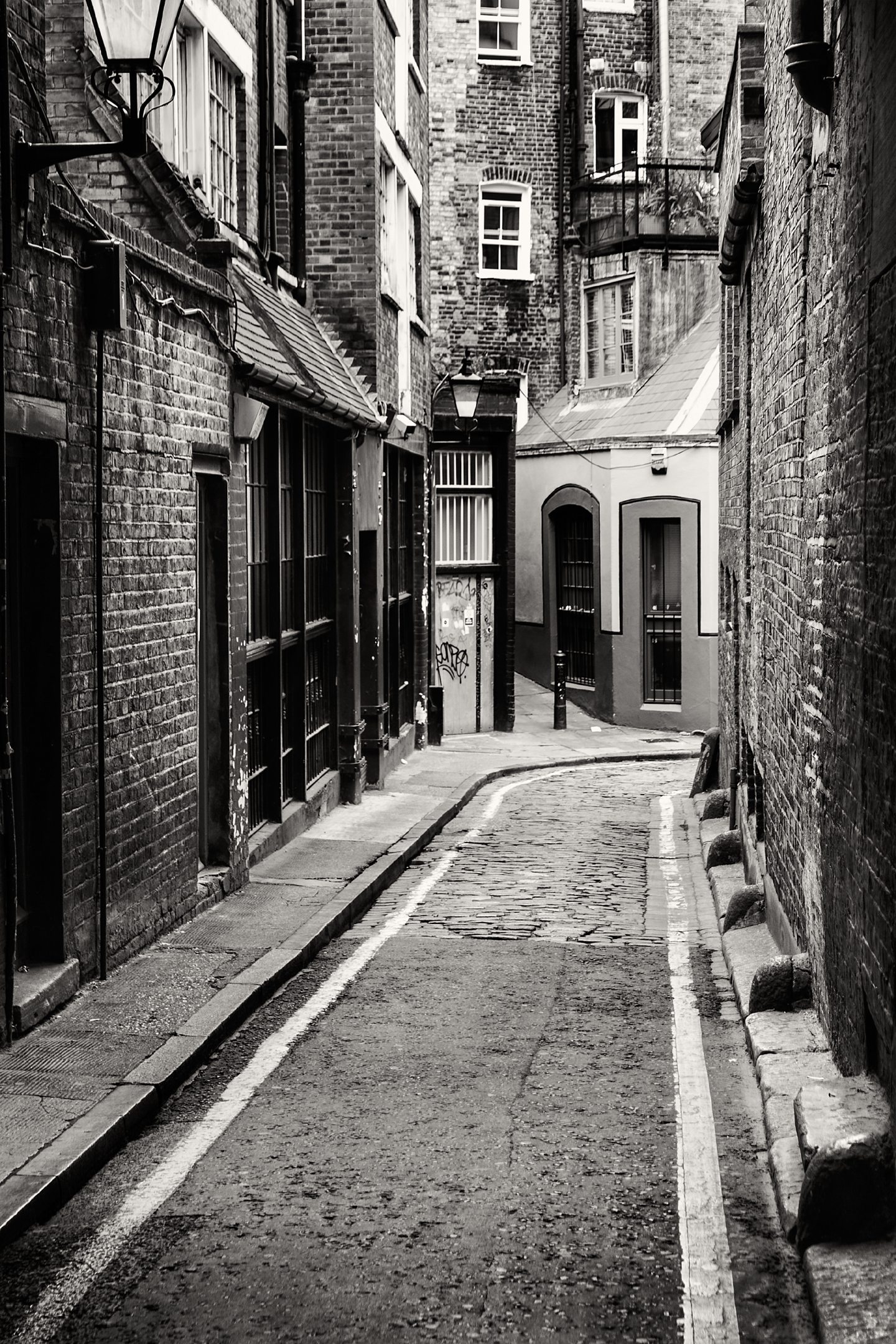
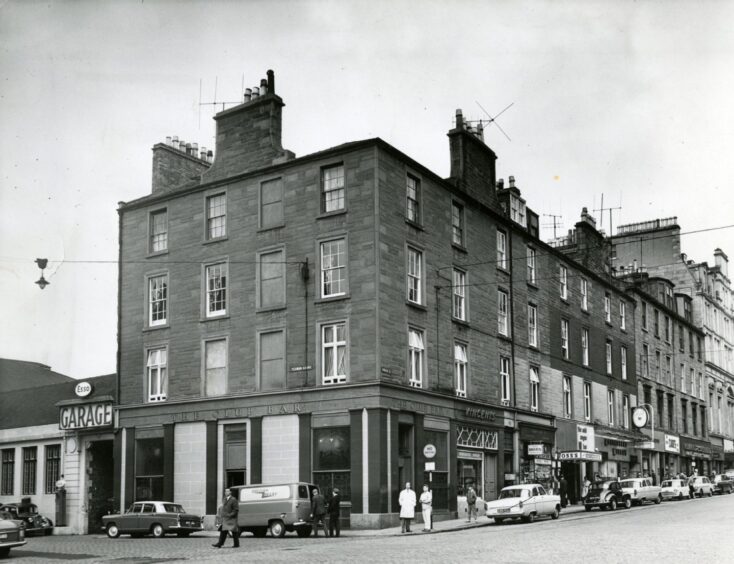
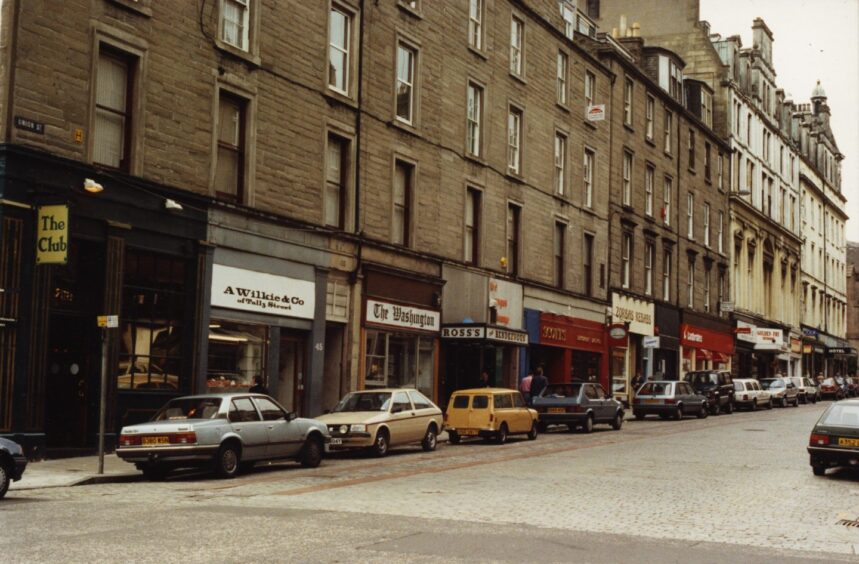
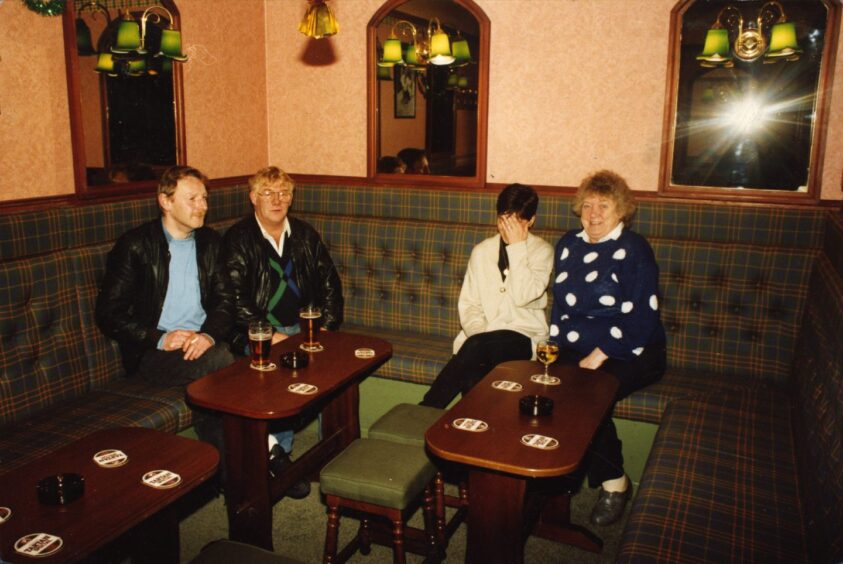
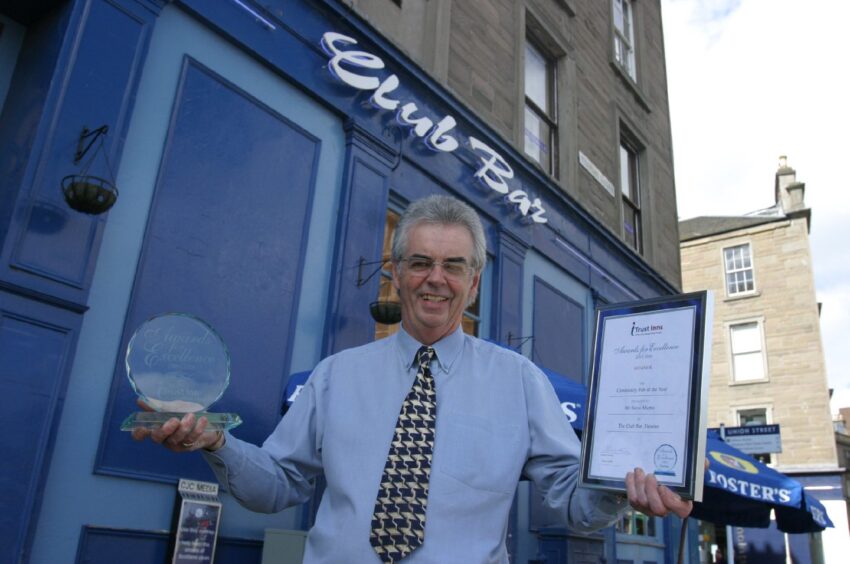
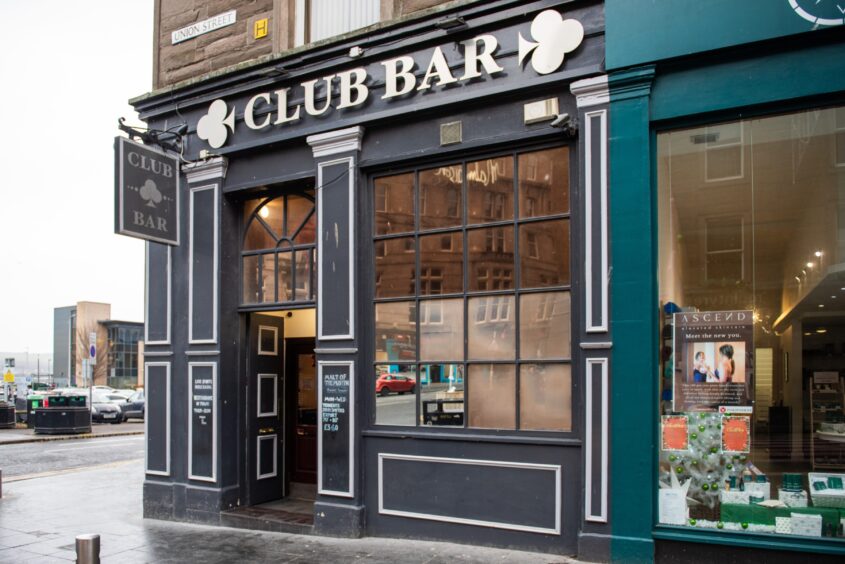
Conversation